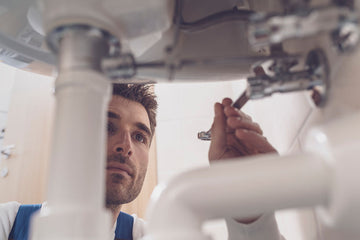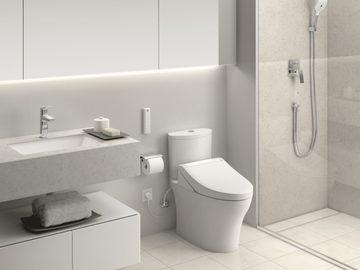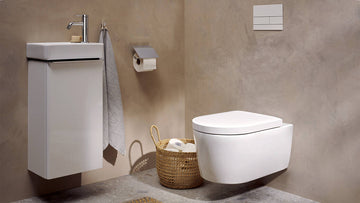The industrial landscape is continuously evolving with the advent of new technologies designed to enhance both operational efficiency and safety. Among these innovations, the pressure-based leak sensor emerges as a critical tool, serving industries by detecting leaks that can lead to catastrophic failures if left unchecked. This article delves into how these sensors work and why they are indispensable in todays industrial settings.

What is a Pressure-based Leak Sensor?
The primary goal of a pressure-based leak sensor is to identify leaks by monitoring pressure changes within a system. Unlike traditional sensors, which may rely on detecting physical changes such as wetness or gas concentrations, these sensors use pressure variations to detect anomalies. This method proves to be not only efficient but also swift in identifying potential issues.
The use of pressure-based leak sensors is prevalent across various industries, including manufacturing, oil and gas, and water management. They play a vital role in maintaining the integrity of pipes, tanks, and other infrastructure by providing early warnings of leaks, thereby preventing major disasters.
Advantages of Using Pressure-based Leak Sensors
In the pursuit of safety and operational excellence, the deployment of a pressure-based leak sensor offers several advantages:
1. Precision and Speed: These sensors quickly detect pressure drops, which indicates potential leaks. This rapid response can mean the difference between minor repairs and significant damage.
2. Cost Efficiency: By preventing large-scale breakdowns, these sensors minimize costly repairs and downtime. They ensure that damages are contained before escalating, saving industries substantial amounts in potential losses.
3. Versatility: Whether it is in a factory pipeline or a smart building, pressure-based sensors are adaptable to various environments, highlighting their indispensable role across sectors.
Applications in Different Industries
In the oil and gas industry, where volatile substances are handled regularly, the role of pressure-based leak sensors cannot be overstated. They ensure pipelines remain secure, preventing exposure to hazardous conditions.
Similarly, in the smart building environment, these sensors are pivotal in avoiding water damage by identifying leaks in HVAC systems and plumbing. They offer a proactive approach to maintenance, turning potential hazards into manageable tasks.
How Does a Pressure-based Leak Sensor Work?
The functionality of a pressure-based leak sensor hinges on its ability to precisely monitor pressure changes within a closed system. When a leak occurs, the pressure differential is quickly detected, triggering an alert. This system of alert and action ensures that maintenance teams can respond promptly, thereby reducing the risk of major outages.
For a deep dive into different types of leak detection technologies, including ultrasonic methods, the ultrasonic leak detector provides an excellent point of reference. It complements pressure-based sensors by targeting different kinds of leaks that may escape pressure monitoring alone.
Real-life Impact and Insights
The implementation of pressure-based leak sensors in the industrial sector has shown significant improvement in safety standards. A detailed case study on factory pipe monitoring highlights how these sensors prevent production shutdowns by offering real-time data on system health.
The integration of such technology in modern infrastructure is further enhanced by insights from resources like water sensor technology, which showcases the operational benefits in residential settings as well.
Challenges and Future Trends
While the benefits are substantial, there are challenges to overcome in the widespread adoption of pressure-based sensors. These include the high initial setup costs and the technical expertise required for installation and monitoring. However, as technology advances, such issues may become trivial.
The future of these sensors is promising, with advancements potentially leading to more compact, efficient, and affordable solutions. The rise of inline water leak detectors showcases a glimpse into the future of integrated leak detection solutions.

Conclusion
As industries strive to achieve optimal safety and efficiency, the role of the pressure-based leak sensor becomes increasingly critical. Its ability to swiftly and accurately detect leaks makes it an invaluable tool in industrial operations. As technological advancements continue, these sensors are set to become even more integral to industrial safety protocols.
Frequently Asked Questions
Q: How reliable are pressure-based leak sensors in harsh industries?
A: They are highly reliable in harsh conditions due to their rugged design and ability to withstand pressure variations and environmental challenges.
Q: Can these sensors be integrated with existing monitoring systems?
A: Yes, many pressure-based leak sensors are designed to integrate seamlessly with existing industrial monitoring systems, providing additional layers of safety.
Q: What is the cost implication for implementing these sensors?
A: While the initial setup costs might be high, the long-term savings due to reduced downtime and damage control far outweigh these expenses.
For more insights on industrial leak detection and prevention methods, visit our article on acoustic leak detection, which explores different approaches to maintaining safety and operational excellence.






